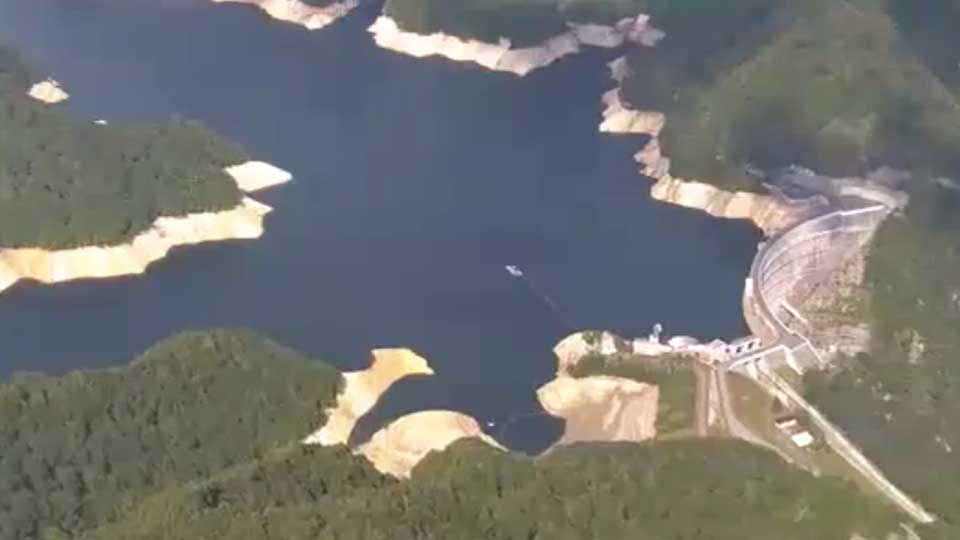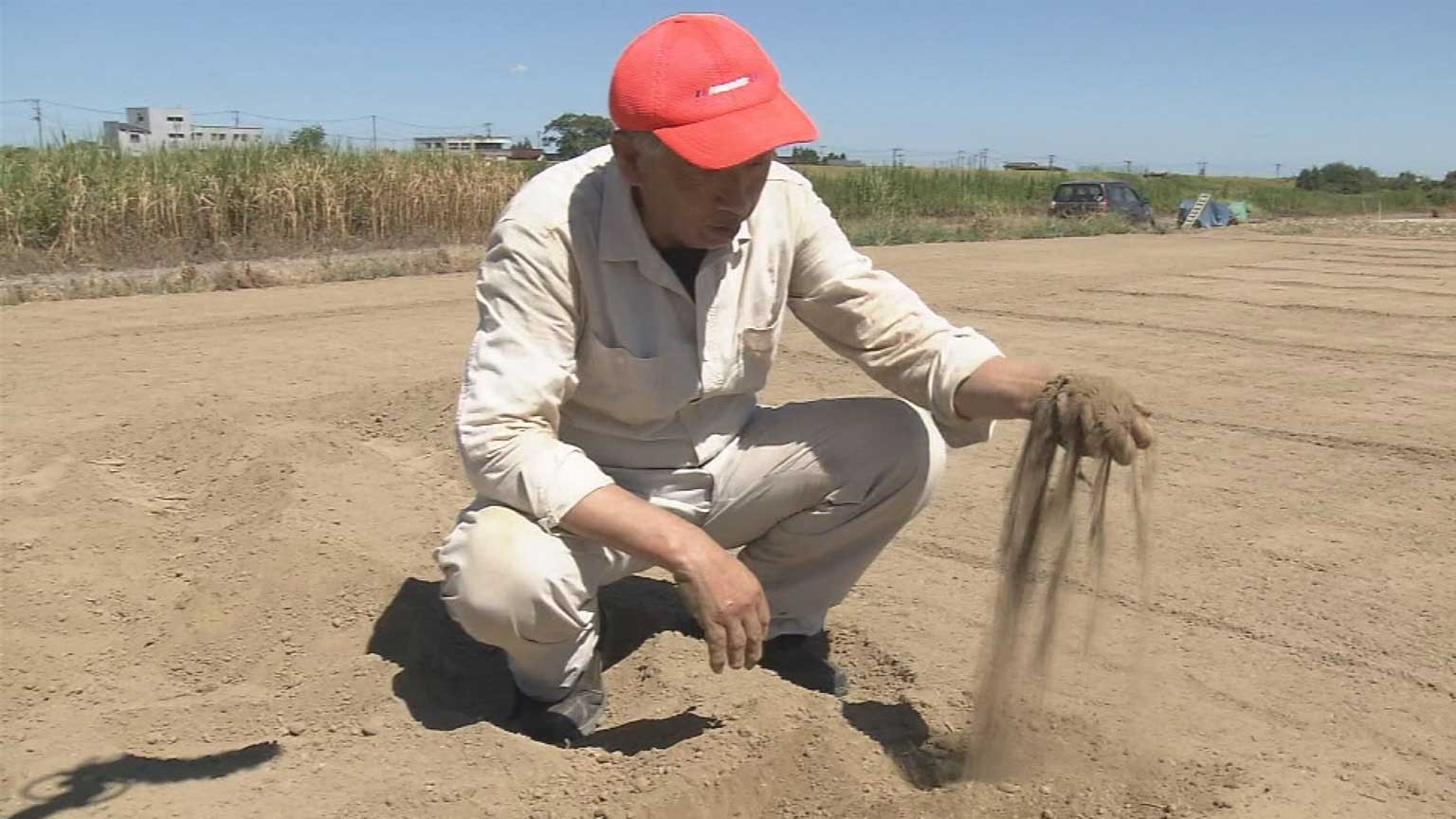Tropical temperatures above 30 degrees Celsius continued to affect a wide area on Friday. A town in Niigata Prefecture reached a dangerous heat level of 38 degrees Celsius.

Rainfall since last month has been below average in areas of Japan, despite two major storms that hit some parts of the country. Water levels at nine dams in northern Kanto, which supply the Tokyo metropolitan area, have dropped significantly.
The Ministry of Land, Infrastructure, Transport and Tourism is encouraging people to save water in their daily lives, saying that it might be necessary to restrict water use if storage levels decrease further.
Falling water levels at reservoirs
The ministry's Kanto Regional Development Bureau said 90 millimeters of rain fell in July in the upper reaches of the Tone River, a large river that runs from Gunma to Chiba prefectures. The amount is less than half the average of 230 millimeters.
As a result, the total amount of water stored at the nine dams in the Tone River zone was 67 percent of the capacity level as of midnight on Thursday, compared to about 80 percent in average years.
A bureau official said water levels dropped by 10 million tons a day during the extremely hot period in the latter half of July. He said this daily amount was equivalent to the storage of one small dam.

Yagisawa Dam in Minakami Town in Gunma Prefecture has the largest reservoir in the Tone River zone. Its water storage rate plummeted from 82 percent on July 24 to 54 percent at the end of the month. The figure fell further to 38 percent as of Thursday.

The Meteorological Agency's observation point in the town recorded 8.5 millimeters of rain in July, far below the average of 61.9 millimeters.
The agency said a high pressure system covered northern Kanto from late last month to early August, leading to a lack of substantial rain in the area where the dam is located.
The Kanto Regional Development Bureau said that it will consider restricting water intake if the nine dams' water storage rate falls below 50 percent. The bureau is closely monitoring the situation.
Tokyo asks residents to save water
Tokyo Governor Koike Yuriko warned that the water storage rate could drop further, depending on future weather conditions.

"The cooperation of each and every one will have a great effect," Koike said, and urged people to turn off their faucets when using sinks and showers.
Niigata faces shortages of water for agriculture
A drought in central Japan's Niigata Prefecture has been affecting farmers' crops. At the Japan Agricultural Cooperatives' direct sales office in Minami-Uonuma City, cucumbers and green peppers are in short supply and prices are rising.

Officials at the farmers' market said it is receiving less than half of its typical amount of cucumbers, and their prices have risen 20 to 30 percent. It also said some vegetables are smaller than usual.
In Sanjo City, farmers usually plant cabbage seedlings in August to be harvested in autumn. But this year, seedlings have died due to water shortages and dry soil amid the high temperatures. Farmers fear market prices might fall if their crops are delayed or are of lower quality.

Niigata prefectural officials said about 600 hectares of farmland had suffered damages as of Tuesday, including crops dying.
